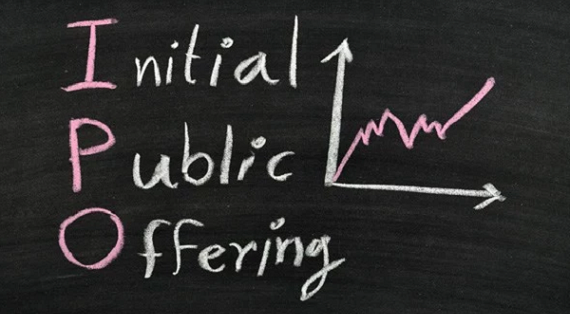
The IPO market has been terrible for technology companies so far this year, with only two startups going public, and a third on the way.
Yet, overall, the IPO market has started to bounce back from the doldrums it faced in Q1, according to the U.S. venture capital report for the second quarter of 2016 out from Dow Jones VentureSource.
In all, there were 10 venture-backed companies that went public in Q2, a 67 percent increase from the six companies in Q1. Together, those 10 raised $751.9 million through public offerings, almost doubling the $377.8 million million raised last quarter.
While IPO activity is nowhere near where it was a year ago, when there were more than 30 IPOs raising over $2.5 billion in Q2 of 2015, an increase in the numbers is a positive step. In Q1, deals had fallen by 60 percent, with dollars dropping by 71 percent. Now things are at least going in the right direction.
Twilio, which went public in June, raising $150 million, was the largest IPO of the quarter, followed by Intellia Therapeutics, a provider of CRISPR-Cas9focused biotechnology, which raised $108 million. The third largest was Acacia Communications, a provider of optical interconnect products, which raised $103.5 million in its IPO.
Besides Twilio, the only other tech company to go public this year has been SecureWorks, which went public in April, raising $112 million at $14 a share, a lower price than it has originally expected. Japanese mobile messaging app Line will be going public in the U.S. on Thursday, then in Japan on Friday. It recently priced its shares to raise 115.5 billion yen or $1.13 billion.
While the number of companies going public went up last quarter, the number being acquired actually went down, with the number of deals dropping 6 percent to 130, down from 139 in the first quarter.
Though there were fewer deals in Q2, the amount spent did actually increase by 10 percent to $23.7 billion, from $21.6 billion in Q1. This is the second straight quarter where the amount spent on mergers and acquisitions went up.
The largest M&A of the quarter was cancer drug startup Stemcentrx, which was acquired by AbbVie for $5.8 billion in April. That was followed by the $3.75 billion that Bango spent to acquire Danal, a provider of mobile payment solutions, and the $1 billion that General Motors spent to buy Cruise Automation, a provider of a highway autopilot system.
It’s a little surprising that M&A deals went down. Given how tough it has become to raise money, At least, that was the expectation.
2015 was a big year for mergers and acquisitions, as U.S. M&A volume topped $2 trillion for the first time, and M&A volume in the Asia-Pacific region crossed the $1 trillion threshold for the first time as well.
Global M&A volume hit $4.45 trillion in 2015, up nearly 4% from 2007′s record high.
(Image source: colombostockguide.com)
















